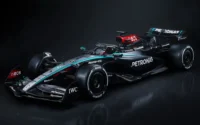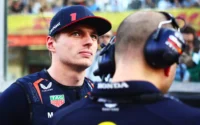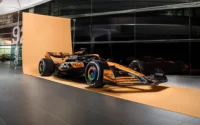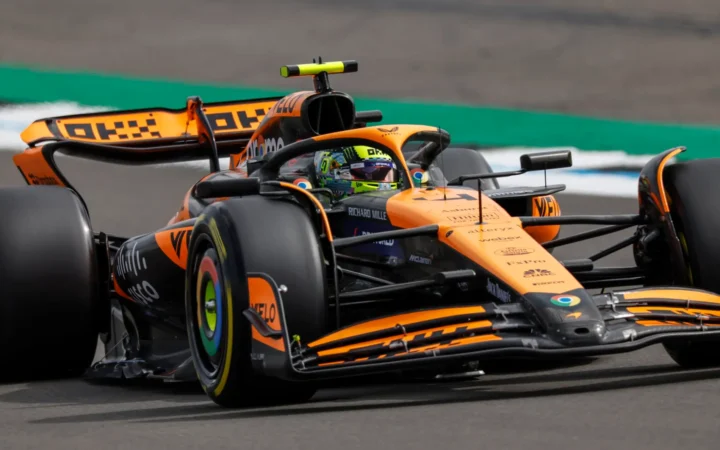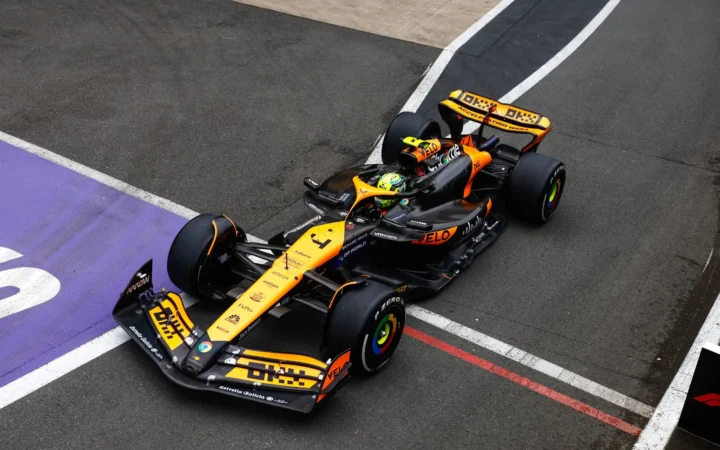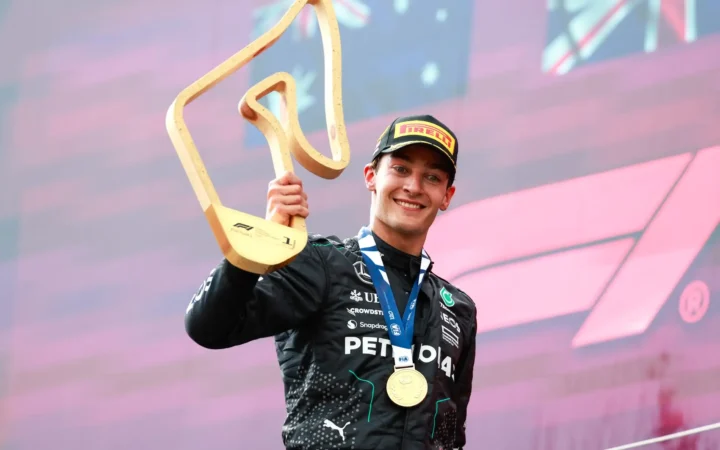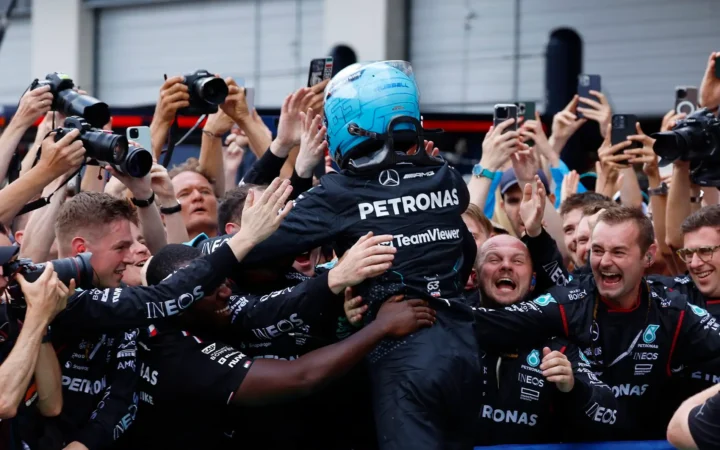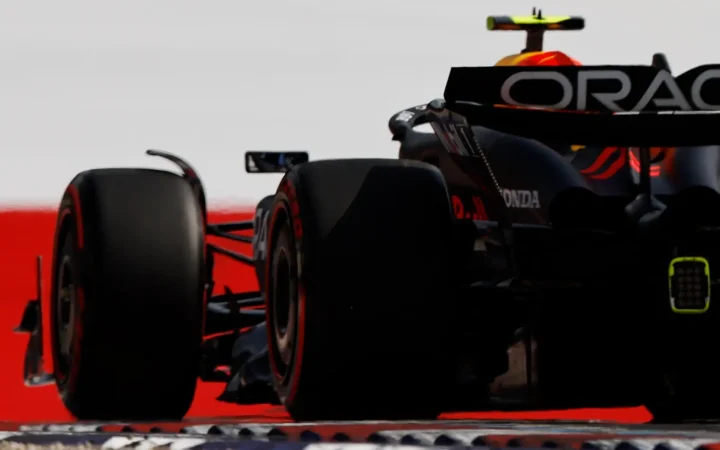The anticipation surrounding Mercedes as the 2024 season approached was palpable, with the team expected to unveil a novel approach for the W15, especially after securing only a single win under the ground-effect regulations that started in 2022. Mercedes did not disappoint.
The reveal of the W15 marked a return to a more traditional design direction for the team, but on closer examination, Scarborough spotted a wealth of innovation, particularly with the front wing, which captured his attention.
Formula One History Recommends
-

James Allison Cites Two Constraints on Mercedes W15 Evolution
-

Mercedes Debuts Their 2024 Car The W15 Before Silverstone Test
Mercedes’ innovative front wing strategy raises questions at FIA
During an appearance on Peter Windsor’s YouTube channel, a former Ferrari and Williams team manager, Scarborough offered a detailed technical analysis of the W15, focusing on the so-called ‘3.1’ front wing. This design features a significantly reduced fourth element, leading him to nickname it accordingly.
Scarborough asserts that while this design tweak is within legal bounds and might not drastically alter performance, its primary function—to create outwash—directly challenges the objectives of the new regulations. These rules aim to diminish outwash to facilitate closer racing and increase overtaking opportunities.
Hence, Scarborough predicts that the FIA might start discussions with Mercedes to review the front wing’s compliance with the intended spirit of the regulations.
“I think of all the teams, you can see that Mercedes have made some progress with the car,” Scarborough began.
“They’ve been very open about the problems that they’ve had, so it looks as though, now back under [technical director] James Allison’s full control, they seem to be making the right sort of noises and the right steps. So fingers crossed for them that we get a more competitive year.
“The problems with the car last year were that it had a very weak rear axle, a very hard to control car. The suspension wasn’t very well matched to the underfloor and [Lewis] Hamilton didn’t like the seating position.
“So kind of the big thing that I notice about the car or I know about the car from what they’ve been saying, is they’ve changed the layout of the car. And this includes the ‘zero-pods’, we’ll talk about the sidepods a bit later, but they’ve changed the layout.
“So they’ve moved the cockpit further backwards along the wheelbase. They’ve changed the rear suspension set-up and no doubt they’ve done a huge amount of work on the springs and the dampers and getting the suspension to match the performance of the floor, which has kind of been their biggest flaw completely overall of the past two years ignoring every other little design detail. Fundamentally, that’s what they’ve struggled with.
“And James Allison has said: ‘We’ve addressed those areas. We’ve put a big amount of development, a lot of our money and aero resources into those areas’.
“When I first looked at the car, I think the first post I put on social media is Mercedes have gone conventional, the car looks, from a top-down view, very conventional in its layout. There’s no weird sidepods, there’s no other sort of weird, unique sort of elements to it.
“So at first maybe my heart sank a bit that we’ve seen McLaren and Ferrari both with very generative cars, rather than something that’s a lot more radical.
“But actually, when you start to look at some of the detail on the W15, it does start to get quite interesting and shows that they’re not just kind of copying what Red Bull and Alpine and Aston Martin, everyone else has kind of done over the past couple of years. They’ve really got some unique ideas.
Seen in:



